Tom's Hardware Verdict
The EVGA 650W N1 is a low-performance PSU with incorrect OCP and OPP and weak efficiency.
Pros
- +
Full power at 36 degrees Celsius
- +
Satisfactory transient response at 12V
- +
Low inrush and leakage currents
- +
Long hold-up time
- +
Efficient 5VSB rail
- +
Enough connectors
- +
Rifle bearing fan
Cons
- -
12V OCP and OPP are not configured correctly
- -
Low overall performance
- -
Low efficiency
- -
Noisy
- -
20AWG gauges on the PCIe and 4-pin Molex connectors
- -
Lousy transient response at 3.3V
- -
Low-end capacitors in both primary and secondary sides
- -
High EMI emissions
Why you can trust Tom's Hardware
The EVGA 650 N1 is a low-end PSU with low overall performance, low efficiency, noisy operation, and low-end parts at its internals. It managed to deliver, though, full load at 36 degrees Celsius, and its transient response at 12V is satisfactory, while the hold-up time is longer than what the ATX spec requires. Its build quality is low, and you should be careful not to overload its +12V rail since OCP is not correctly configured. This is definitely not stuff for our best PSU picks article, and you should get a Corsair CX650 or a CV650 instead. If you can pay more, you should also look at the Cooler Master MWE Bronze with similar capacity.
The EVGA N1 line consists of three members with capacities ranging from 550W to 750W. These PSUs aim for the mainstream market, so they don't have any modular cables, and according to EVGA, they can deliver full power at a low ambient temperature, 25 degrees Celsius. Typically, high-end PSUs can deliver full power continuously at 50 degrees Celsius. Still, they use higher quality components to achieve this, which cost way more than the parts that EVGA and HEC used for the N1 models.

Product Photos












Theoretically speaking, the 650 N1 could handle a strong graphics card like the Nvidia RTX 3070, but I would advise against that since it only has two PCIe connectors installed on the same cable, which uses thin 20AWG gauges. If you have invested a high amount for a good GPU, it's better spend a bit more to get a decent power supply. Getting a PSU based on your leftover money after purchasing all the other system parts is not a wise move.
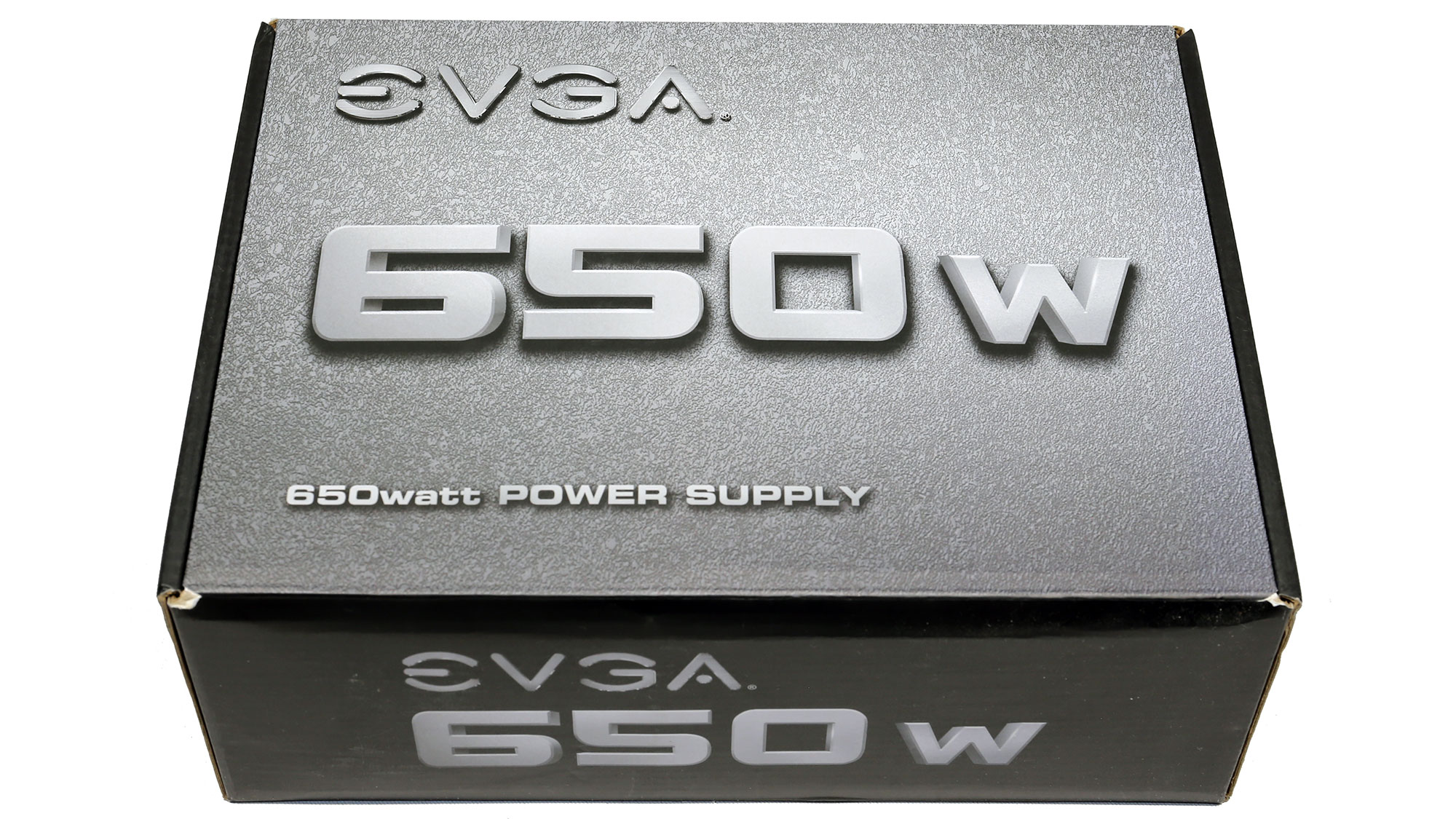
Product Photos




Specifications
| Manufacturer (OEM) | HEC |
| Max. DC Output | 650W |
Efficiency | 80 PLUS White, ETA-S (82-85%) |
Noise | LAMBDA-S+ (35-40 dB[A]) |
Modular | ✗ |
| Intel C6/C7 Power State Support | ✓ |
| Operating Temperature (Continuous Full Load) | 0 - 25°C |
| Over Voltage Protection | ✓ |
| Under Voltage Protection | ✓ |
| Over Power Protection | ✓ |
| Over Current (+12V) Protection | ✗ |
| Over Temperature Protection | ✓ |
| Short Circuit Protection | ✓ |
| Surge Protection | ✓ |
| Inrush Current Protection | ✓ |
| Fan Failure Protection | ✗ |
| No Load Operation | ✓ |
Cooling | 120mm Rifle Bearing Fan (DWPH EFS-12E12H) |
| Semi-Passive Operation | ✗ |
| Dimensions (W x H x D) | 150 x 85 x 140mm |
Weight | 1.76 kg (3.88 lb) |
| Form Factor | ATX12V v2.4, EPS 2.92 |
Warranty | 2 Years |
Power Specifications
| Rail | 3.3V | 5V | 12V | 5VSB | -12V | |
|---|---|---|---|---|---|---|
| Max. Power | Amps | 24 | 20 | 52 | 3 | 0.3 |
| Watts | 130 | 624 | 15 | 3.6 | ||
| Total Max. Power (W) | 650 |
Cables & Connectors
| Fixed Cables | Cable Count | Connector Count (Total) | Gauge | In Cable Capacitors |
|---|---|---|---|---|
| ATX connector 20+4 pin (560mm) | 1 | 1 | 18-20AWG | No |
| 4+4 pin EPS12V (620mm) | 1 | 1 | 18AWG | No |
| 6+2 pin PCIe (560mm+120mm) | 1 | 2 | 20AWG | No |
| SATA (450mm+120mm+120mm) | 2 | 6 | 20AWG | No |
| 4-pin Molex (450mm+120mm+120mm) / FDD (+120mm) | 1 | 3 / 1 | 20-22AWG | No |
All cables are fixed, and the amount of provided connectors is satisfactory, given that this is a mainstream PSU. All cables are long enough, but the distance between all peripheral connectors is short. Moreover, it is a great shame to use thin 20AWG gauges on the PCIe and SATA connectors, while the ATX spec recommends 18AWG, at least.

Cable Photos





Component Analysis
We strongly encourage you to have a look at our PSUs 101 article, which provides valuable information about PSUs and their operation, allowing you to better understand the components we're about to discuss.
| General Data | - |
| Manufacturer (OEM) | HEC |
| PCB Type | Single Sided |
| Primary Side | - |
| Transient Filter | 4x Y caps, 2x X caps, 2x CM chokes, 1x MOV, 1x MPS HF81 (1x Discharge IC) |
| Inrush Protection | NTC Thermistor SCK-1R55 (1.5Ohm) |
| Bridge Rectifier(s) | 2 GBU1006 (600V, 10A @ 100°C) |
| APFC MOSFETs | 3x MagnaChip MDP18N50 (500V, 11A @ 100°C, Rds(on): 0.27Ohm) |
| APFC Boost Diode | 1x NXP BYC10-600 (600V, 10A @ 78°C) |
| Bulk Cap(s) | 1x Teapo (400V, 470uF, 2,000h @ 85°C, LH) |
| Main Switchers | 2x MagnaChip MDP18N50 (500V, 11A @ 100°C, Rds(on): 0.27Ohm) |
| PFC / PWM Combo Controller | Champion CM6800TX |
| Topology | Primary side: APFC, Double Forward Secondary side: Passive Rectification & Group Regulation |
| Secondary Side | - |
| +12V & 5V SBRs | 4x SBR30A60CT (60V, 30A @ 125°C), 2x STMicroelectronics STPS30L45CT (45V, 30A @ 135°C) |
| 3.3V SBRs | 2x STMicroelectronics STPS30L45CT (45V, 30A @ 135°C) |
| Filtering Capacitors | Electrolytic: 10x Teapo (1-3,000h @ 105°C, SC), 2x Elite (1,000h @ 85°C, PS) |
| Supervisor IC | Weltrend WT7527 (OCP, OVP, UVP, SCP, PG) |
| Fan Model | DWPH EFS-12E12H (120mm, 12V, 0.50A, Rifle Bearing Fan) |
| 5VSB Circuit | - |
| Rectifier | 1x PFC PFR10L60CT SBR (60V, 10A) |
| Standby PWM Controller | Power Integrations TNY279PN |

Overall Photos



This is a low-end platform from HEC, using an outdated design. On the primary side, there is an APFC converter, thankfully, and the two pain FETs are installed in double forward topology. On the secondary side, passive rectification is used along with a group regulation scheme where 12V and 5V are tied together, while the 3.3V rail is independently regulated. Group regulation is not recommended for any modern system since it requires a high enough load at 12V and 5V to keep voltages on these rails in control. If the load is unbalanced between the rails, load regulation goes south.

Transient filter





The transient filtering stage includes all necessary parts, and it even uses an MOV and a discharge IC. It is a nice surprise to find discharge ICs in such low-end platforms.
Get Tom's Hardware's best news and in-depth reviews, straight to your inbox.

Bridge rectifiers

HEC was wise enough to use two bridge rectifiers in this platform, which are bolted on a heat sink.

APFC converter



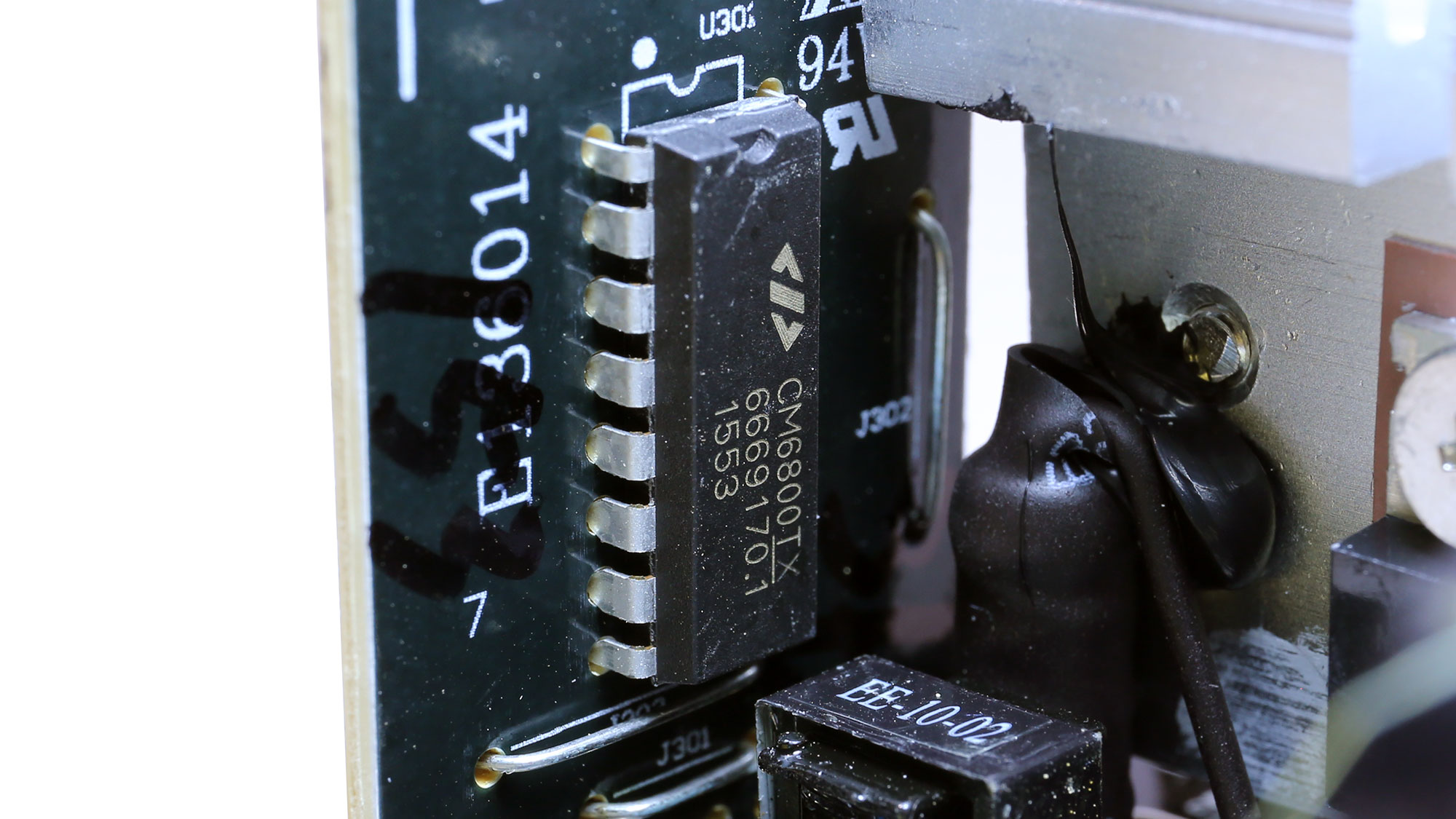

The APFC converter uses three MagnaChip FETs and one NXP boost diode. These are decent parts, but we cannot say the same for the Teapo bulk cap, which is only rated at 85 degrees Celsius.

Main FETs and primary transformer


The primary switching FETs are configured in a double forward topology, which is rarely used nowadays since most manufacturers prefer half-bridge topologies in their mid-capacity PSUs.

12V and minor rail SBRs


The only two coils on the secondary side are a clear indication of a group regulation scheme. To make matters even worse, SBRs (Schottky Barrier Diodes) are used to rectify all rails instead of FETs, which are much more efficient.

Filtering caps

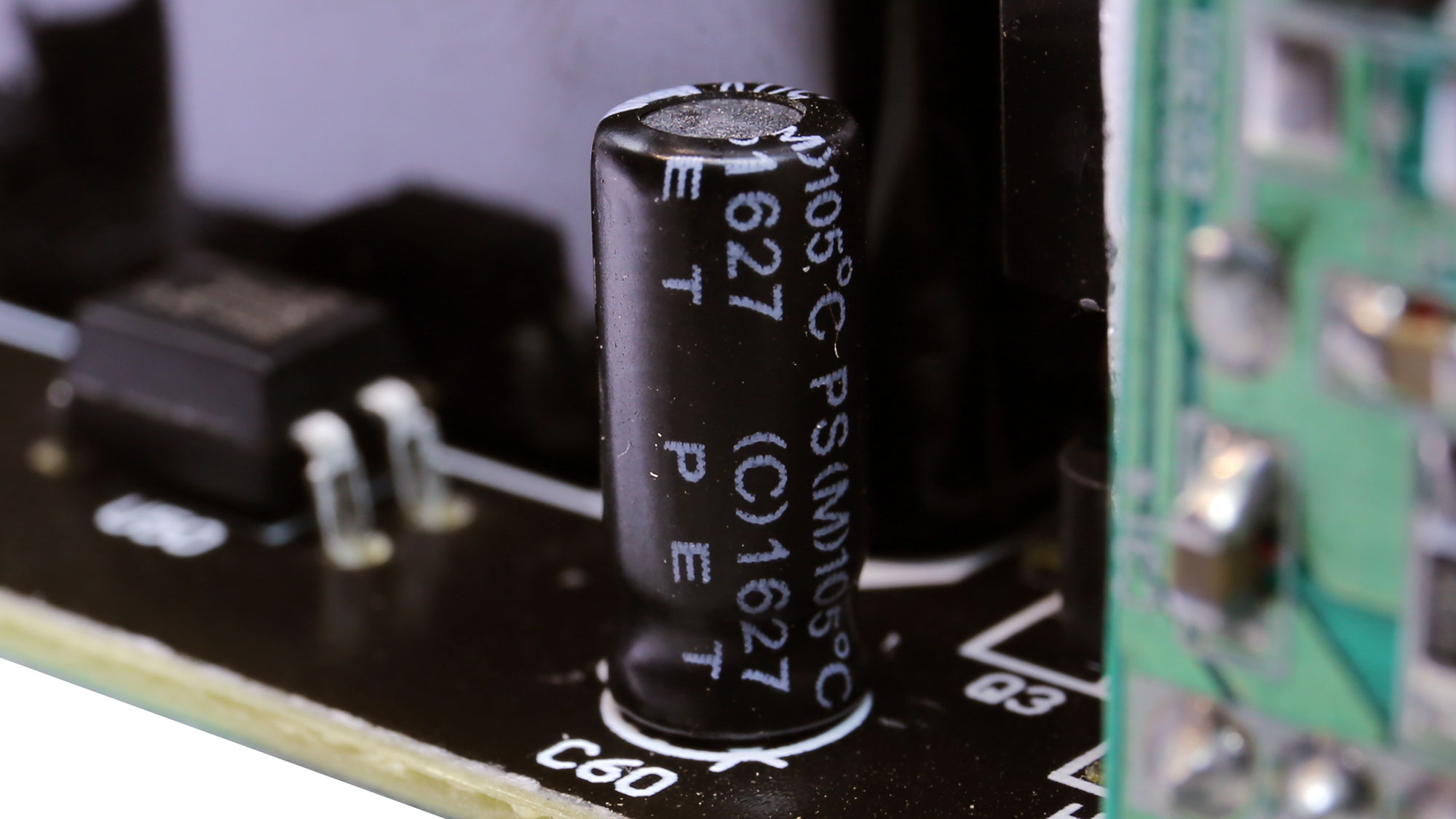

The filtering caps on the secondary side belong to low-end Teapo and Elite lines. This PSU will have a hard time outliving the two-year warranty under higher than 30 degrees Celsius operating temperatures.

5VSB circuit

The standby PWM controller is a Power Integrations TNY279PN, while the secondary rectifier is a PFC PFR10L60CT SBR. The latter is strong enough to handle the 5VSB rail's demands.

The supervisor IC is provided by Weltrend and supports all necessary protection features but OTP, which looks to be missing from this platform.
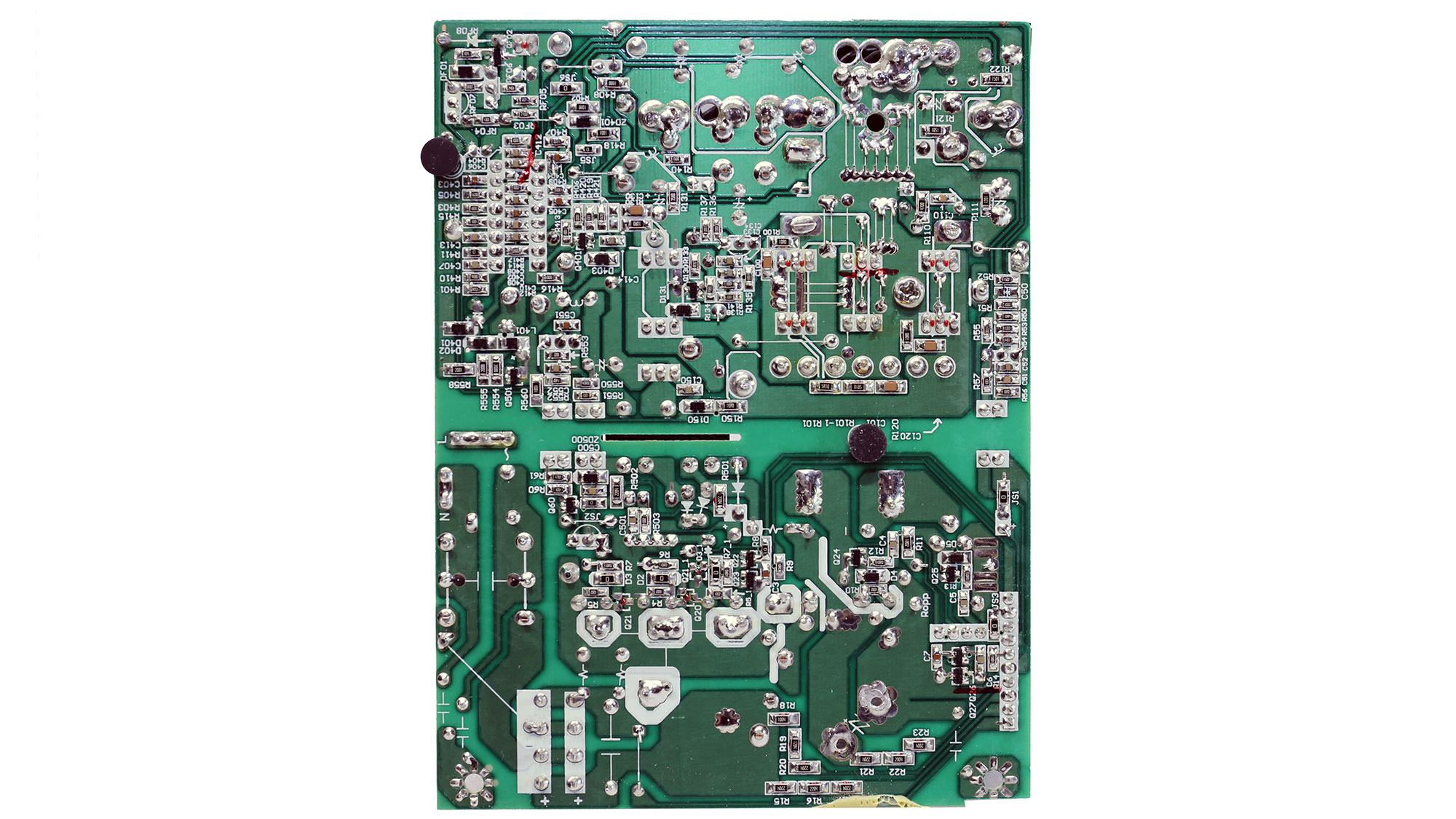
Soldering quality


Soldering quality is satisfactory. Definitely not great, but good enough for this price range.

Cooling fan
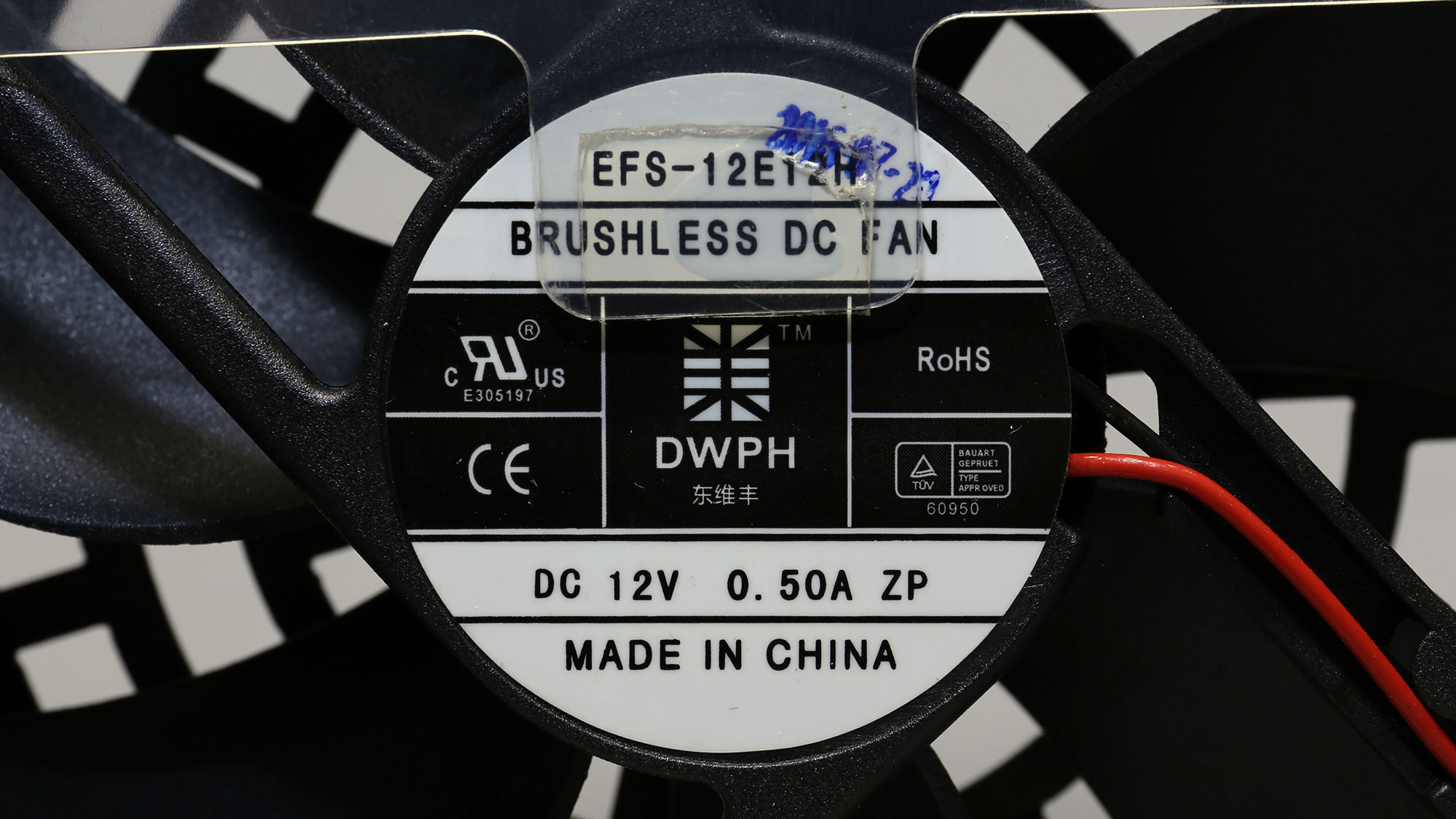

EVGA states that the PSU's fan has a sleeve bearing, but I broke it apart and found an inferior rifle bearing. It is weird that EVGA's marketing team totally missed this.
MORE: Best Power Supplies
MORE: How We Test Power Supplies
MORE: All Power Supply Content
Current page: Specifications and Part Analysis
Next Page Load Regulation, Hold-Up Time, Inrush & Leakage Current, Efficiency and Noise
Aris Mpitziopoulos is a contributing editor at Tom's Hardware, covering PSUs.
-
Archaic59 Just another POS on the endless pile that we have to warn people about. Who could even use it? It's not for a gaming system and how many people really need 650 watts in a home office system? I remember when I used to recommend EVGA power supplies regularly. Yeah, the Super Flower days, which are long gone. RIP EVGA.Reply -
DSzymborski In fairness, even when EVGA had PSUs made by Super Flower and SeaSonic, the N series still totally sucked then as well.Reply -
maxamillionfeettall "EVGA states that the PSU's fan has a sleeve bearing, but I broke it apart and found an inferior rifle bearing."Reply
Rifle bearing is just a modified sleeve bearing and is superior to plain sleeve bearings iirc. It's even stated in the psu 101 article, so idk why it's stated as inferior to plain sleeve bearing this time around.